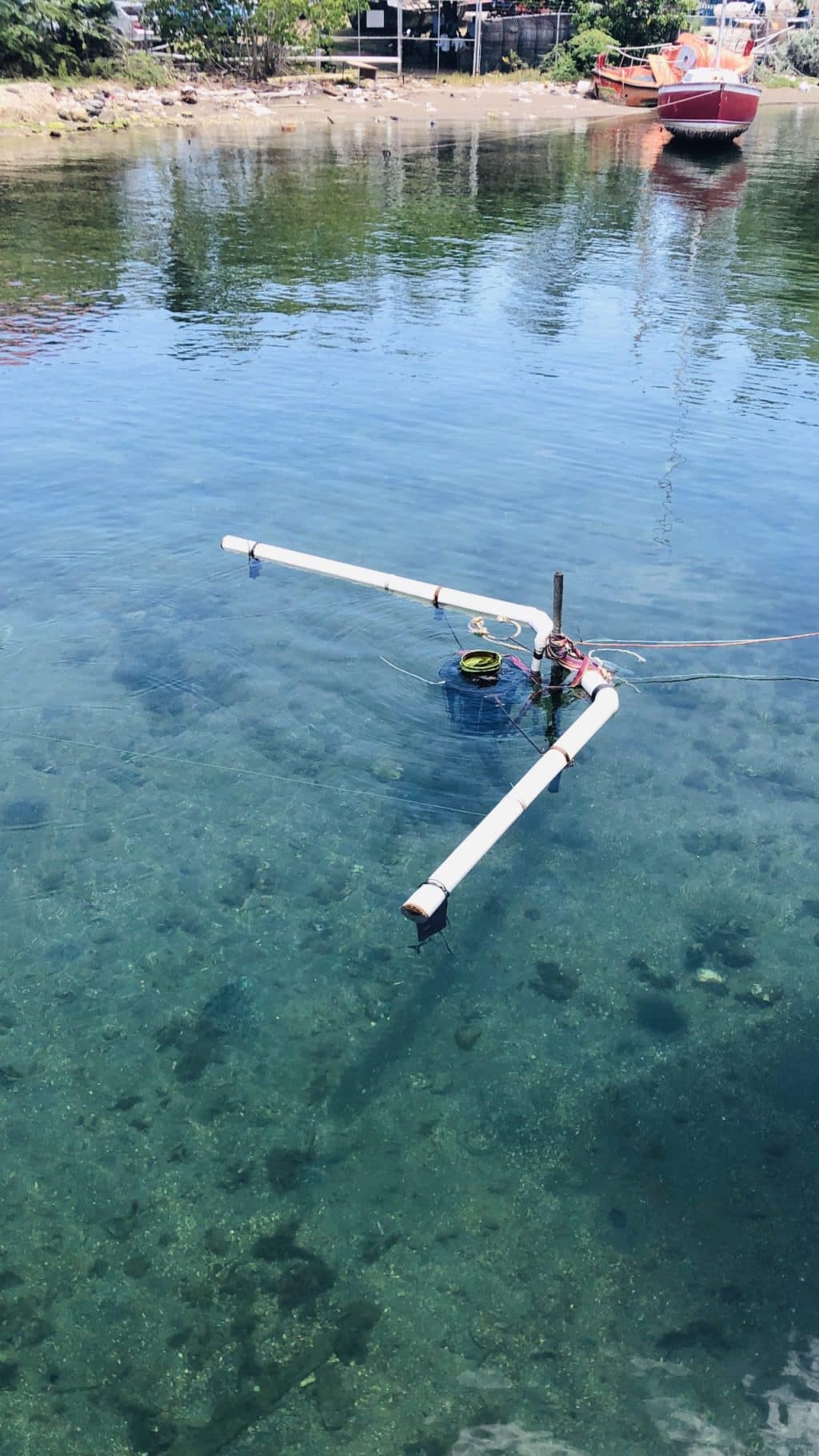JAMBIN Handover at the CMU Jetty on August 23, 2019
The Centre of Blue Economy and Innovation is on a constant quest to find and implement methods to protect and conserve our ocean.
One such project is the “Jambin Project ”. This device is a floating water filter that uses aeration technology to trap solid floating waste while simultaneously oxygenating water through surface disturbance and underwater circulation.
The Centre for Blue Economy and Innovation (CBEI) at the Caribbean Maritime University (CMU) is a strategic partner with iAspire (see here).
The iAspire International is a charitable organization being led by Ms. Leneka Rhoden, JCDC’s Miss Kingston & St. Andrew Festival Queen 2018. Invited guests include Their Excellencies, The Most Honourable Sir Patrick Allen, and Lady Allen; His Worship the Mayor Senator Councillor Delroy Williams, Mayor of Kingston & St. Andrew.
The video below (also viewable at our Youtube-Channel) is a small reminder of our ceremony of the handover ceremony of our first JAMBIN to iAspire at the CMU on August 23, 2019.
The problem
An overwhelming amount of discarded plastics in Kingston harbor after rainfall due to improper disposal of waste. Plastics are a non-biodegradable material which proves advantageous for preservation, but after first use, this quality becomes harmful as the material itself seems to last forever.
Disposed plastic materials can remain in the environment for up to 450 years (plastic bottle, for example).
Aquatic life-forms eventually fall prey to these plastics, becoming a part of the marine food-web and competing for their spatial ecology. Plankton, the tiniest creatures in our oceans, as well as larger fishes are eating microplastics and absorbing their hazardous chemical. The small, broken down pieces of plastic are displacing the algae needed to sustain larger sea life who feed on them.
According to the United Nations Environment Programme, the overall natural capital cost of plastic use in the consumer goods sector each year is US$75 billion.
This waste affects both plant and animal life, damaging our ecosystem and reducing the income of those who rely on said the system for their livelihood along with reduce the environments natural beauty.
Objectives of the JAMBIN
- Design a device that allows for an easy collection of surface (floating) waste with a maximum surrounding radius of 8 inches. This is so as larger objects would reduce the holding capacity of the garbage storage area and increase flow rate of water into device potentially overpowering the pumping device.
- The design should have as little negative long- and short-term impact to the environment as possible, capable able of being powered by renewable energies.
- Readily respond to changes in tide changes in the area.
- Should be able to withstand environmental conditions.
JAMBIN - the design approach
- An air pump focus design was chosen as this method proved advantageous for achieving objectives 2 to 5 with least maintenance and at a reduced cost when compared to a water pump focus design .
- An air pump uses less energy than a water pump.
- Less complicated device making maintenance, set-up and removal easier.
- Less affected by its environment as salt decreases the reliability and runtime of a water-based pump.
Working principles of the JAMBIN
As water and floating debris enter the mouth of the device, it is met upon by a pocket of air and falls into an internal floating container. The container freely allows water to escape but holds the debris in place. This floating container also acts as a cut-off should excess water enter the receptacle, disallowing the trapped debris to float out.
Water is removed from the system through the pump action of the discharge chamber. This chamber is continuously supplied with air via an air pump, creating an air/water mixture. The mixture being lighter than the surrounding water floats to the end of the discharge pipe and is removed. Once filled the container is manually emptied and replaced.
The removed water aerates the surrounding area via surface impact and bubble action. The environmental impact can further be multiplied by discharging air at the base of the device. The air rises in the form of bubbles, and it carries along with its nutrients. The nutrients are trapped beneath and in so aid in the natural recirculating sea-action.
